Dutch Oven vs Stock Pot - What's the Difference Between Them?

Dutch ovens and stock pots are two commonly used items of cookware. They have a lot of similarities, but they also differ in a few important regards and are suited to different types of cooking. In this article we'll explore the features of each one, and what you should use them for.
What are the similarities between Dutch ovens and stock pots?
A lot of people think of Dutch ovens as being basically the same as stock pots and categorize them together as "large cooking pots." And to a certain extent, this is true. Both are designed to cook large quantities of food, both are suitable for slow cooking, both are usually made from metal (more on this below!), and for some recipes, they are can be interchangeable.
In many households, the way these two types of cookware are used is pretty similar. But learning the differences and using the right tool for the job can up a home cook's level of expertise. Using the right tool can make a world of difference in your results.
What is the difference between a stock pot and a Dutch oven?
The type of material is the most obvious difference between the two. Generally, a stock pot will be made from aluminum or stainless steel, and a Dutch oven will be cast iron (and sometimes enameled cast iron).
A Cast iron Double Dutch oven is, therefore, usually, much heavier than a stock pot, and has thicker walls and lids. This is important because it means they can withstand higher temperatures as well as temperature cycling (heating and cooling each time they are used) better than other types of cookware.
The double Dutch oven from Uno Casa is great, because it's uncoated and has a domed lid that doubles as a skillet, which saves a little money and cupboard space - double win! The 5-quart size makes it the perfect size for most stove top or oven recipes.
There are some cast aluminum or ceramic Dutch ovens on the market, and some people may even have stock pots made from cast iron, particularly older ones, but for the most part, materials are where the two differ the most.
Also, although this is not always true, there are usually some design differences between the two types of cookware. A Dutch oven will generally be circular or oval with sloping sides and have a tight-fitting lid. A stock pot, by comparison, is often taller and more square in shape, with straight sides and a loose-fitting lid.
Can you use a stock pot instead of a Dutch oven?
That depends on what you're using it for, and also whether it's large enough. Stock pot sizes vary, with small, medium, and large versions available, whereas Dutch ovens are generally larger pieces of cookware.
If you want to make stock, a stainless steel stock pot is perfect for the job. If you're going to do it over a campfire or hot coals, though, a Dutch oven is probably a better tool for the task. Don't use an enamel-coated oven over the fire, as it can't withstand the heat.
For campfire cooking, you'll want an uncoated cast iron Dutch oven, like the double dutch from Uno Casa. It also has large, rounded handles on both the lid and the pot itself, making handling the pot fireside much easier with some heavy fireproof gloves.
We generally recommend cooking with a stock pot solely on the stove top, while Uno Casa like double Dutch ovens are a little more versatile for the grill, oven, and stove top.
If you're looking for an alternative to a Dutch oven, particularly for slow cooking, you may get better results with a crock pot or even an electric slow cooker. If you have no alternative available and you're going to use a stock pot, we would recommend that you run your oven at a cooler temperature and check on your food regularly to ensure you have an adequate amount of liquid in the pot.
Is a Dutch oven just a pot?
A Dutch oven is, more or less, a heavy-duty pot that is more versatile than lighter-weight cookware such as saucepans and stock pots. Cast iron is heavier to lift, especially once it’s full of liquid or food! Investing in a pot with good handles (like Uno Casa's Dutch oven with rounded handles) makes transfer easier.
Dutch ovens can be used, like those items, for stovetop cooking, but its durable construction allows for a greater range of uses, for example: cooking in high-temperature ovens, cooking over a campfire, cooking with coals placed around the pot and over the lid.
You can easily damage stock pots by using them for a purpose which they weren't designed for. Think of it like this: What is a stock pot? A pot for... making stock. Obviously we're joking here, as there are many other cooking styles that are perfectly suited to this type of cookware, but generally, these are limited to stovetop cooking or some gentle oven cooking.
For more adventurous uses you're probably going to be safer and get better results using a Dutch oven. As long as you keep it properly cleaned and seasoned, a cast iron Dutch oven is a pretty indestructible piece of cookware! If you're not sure where to start when it comes to seasoning, get a preseasoned option like the double Dutch from Uno Casa, that's ready to cook straight out of the box. You'll still need to reseason it occasionally, but that's a whole lot easier than starting your seasoning from scratch.
Can I use a stock pot in the oven?
Unlike a Dutch oven, many stock pots are not suitable for oven use, and even those that are marketed as being oven safe may not stand up well to long-term use in an oven. Extended exposure to temperature cycles can potentially warp or deform them. Even just a slight amount of warping can be annoying if your stock pot lid no longer fits properly after a few uses. Cast iron is a much sturdier and solid material - investing in a some good pieces, like Uno Casa’s double Dutch oven and skillets will give you some pieces you’ll keep for a lifetime.
Pots that have a non-stick coating, may not be suitable for oven use over a prolonged period, as the surface can become damaged or even start to flake away from the base, which in turn can contaminate your food.
So while there is a certain degree of crossover between the types of cooking that these two items of cookware can be used for, it's always best to choose the one better suited to the task at hand whenever you can, and if you do need to substitute one pot for the other, keep the tips above in mind to avoid any damage to your kitchen equipment or cooking mishaps.
Care to learn more? Check out our braiser vs dutch oven or French oven vs Dutch oven articles.
1 Response
Leave a comment
Comments will be approved before showing up.
Also in Tips
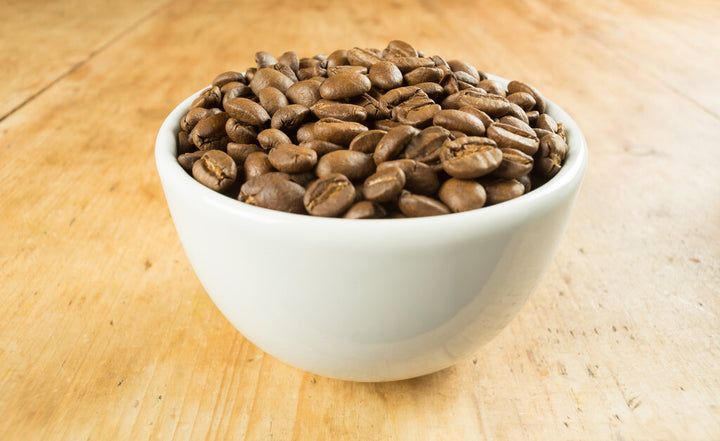

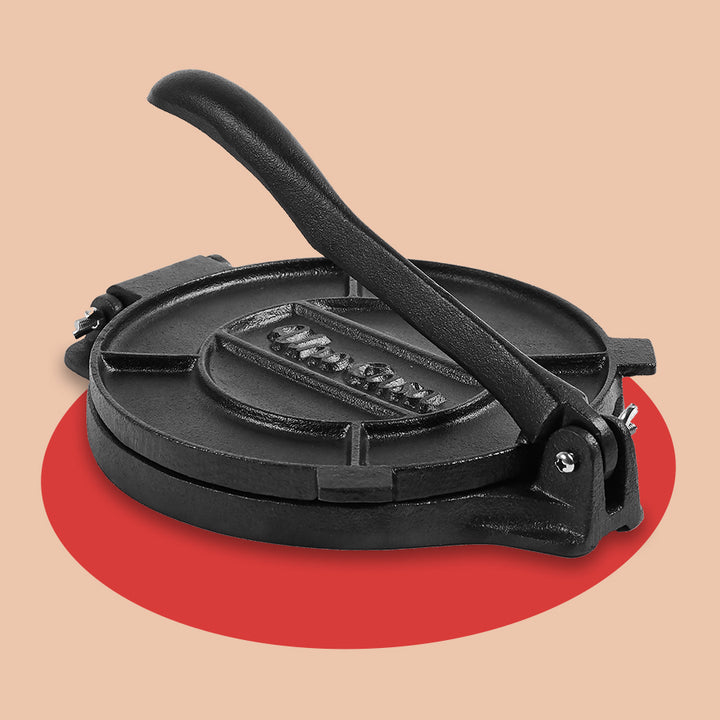
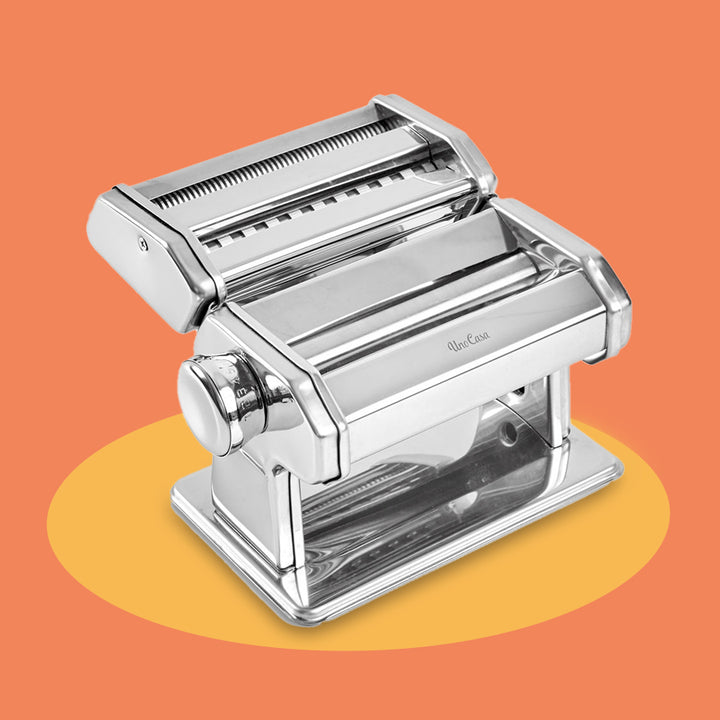
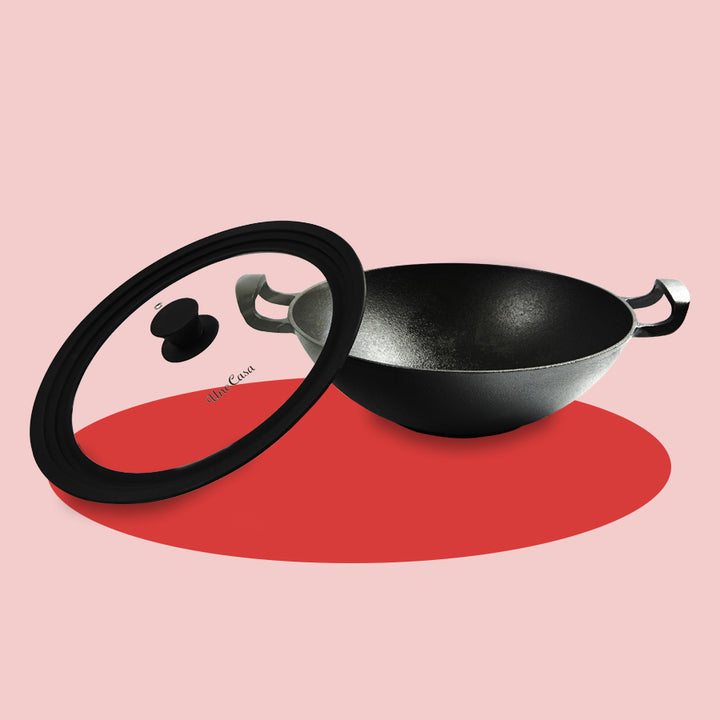
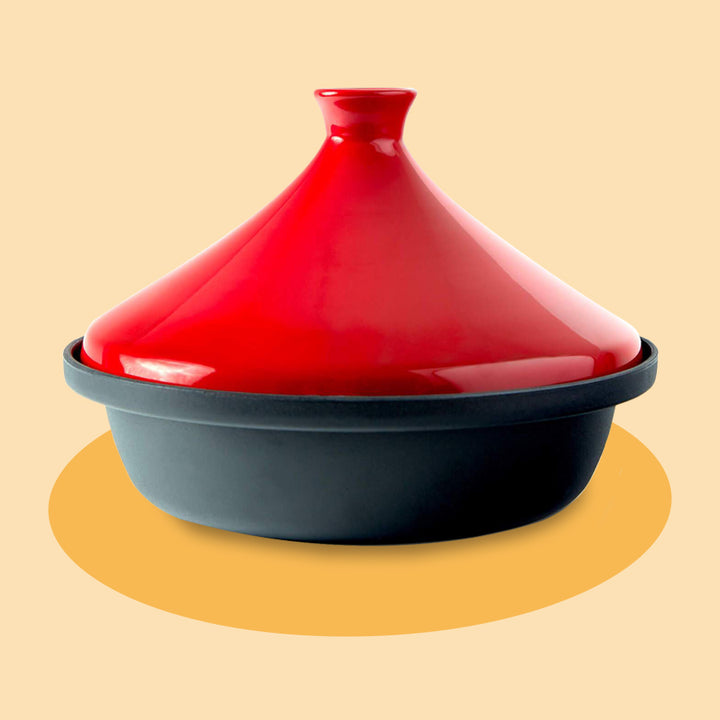
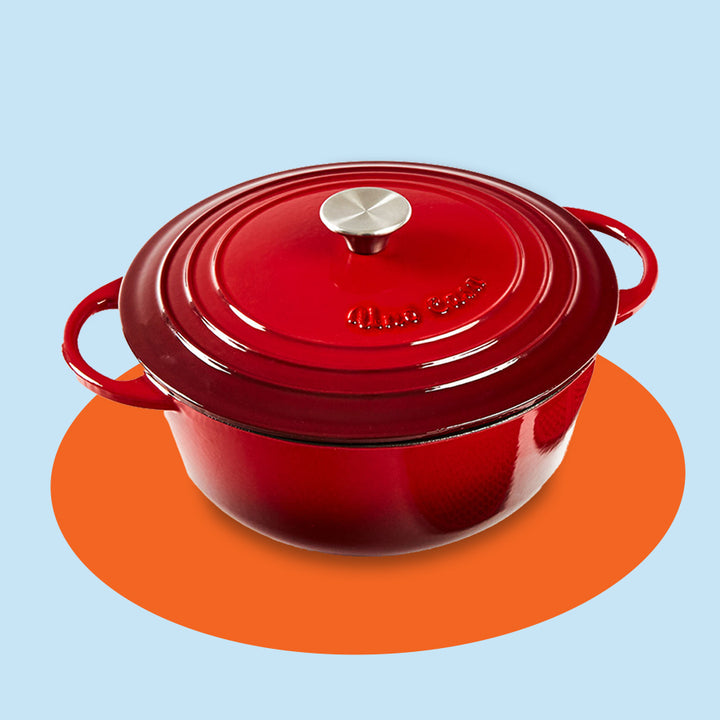
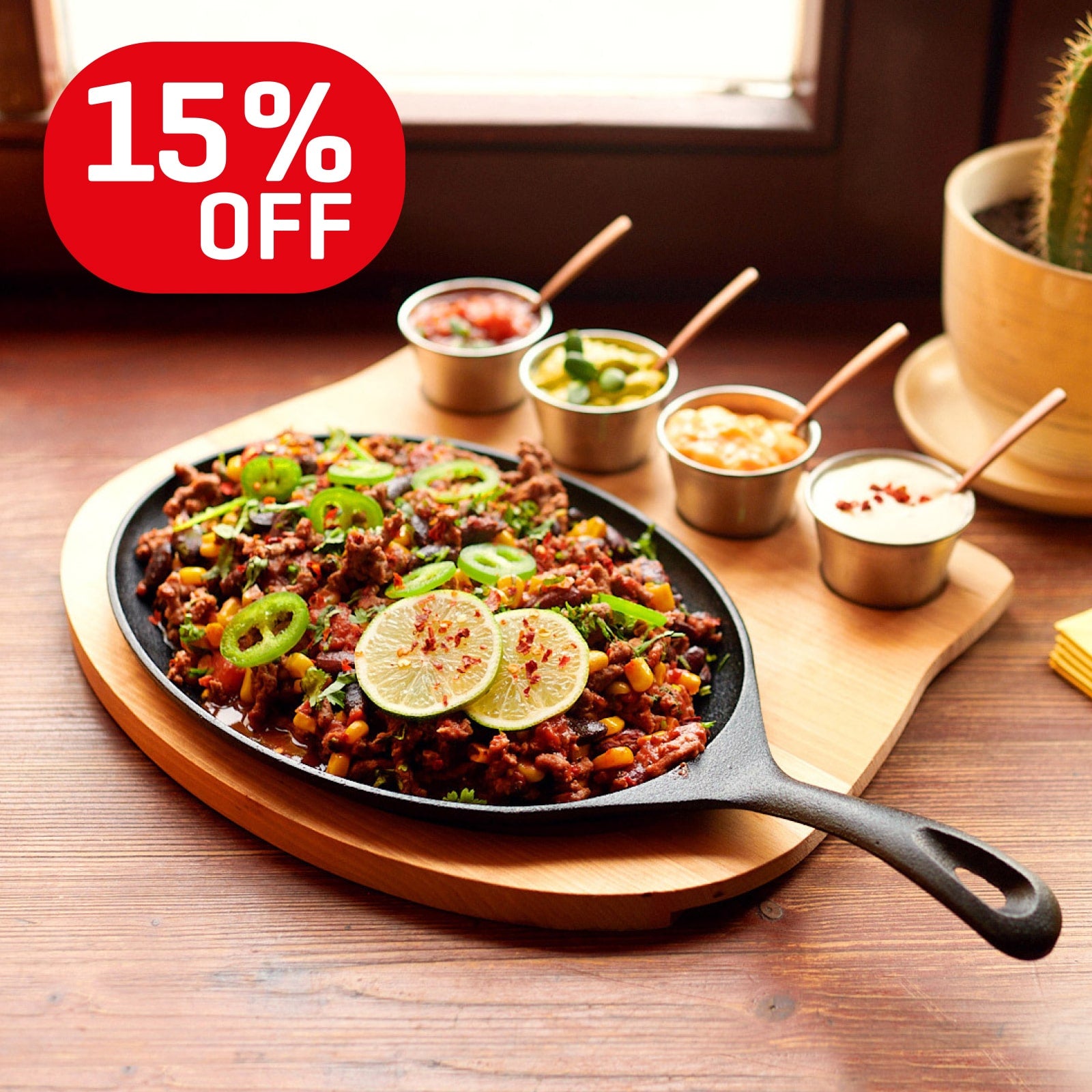
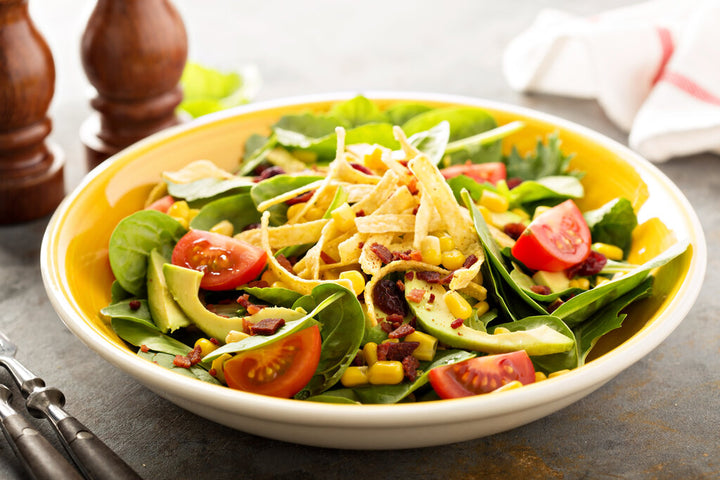
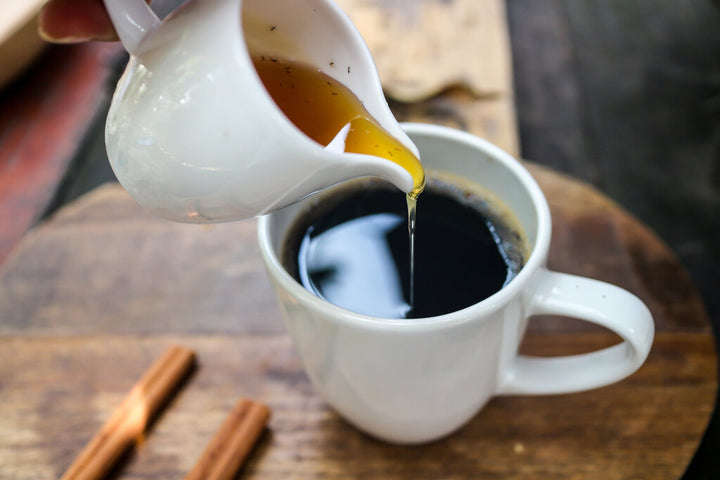
Angela
May 11, 2021
Thank you very helpful